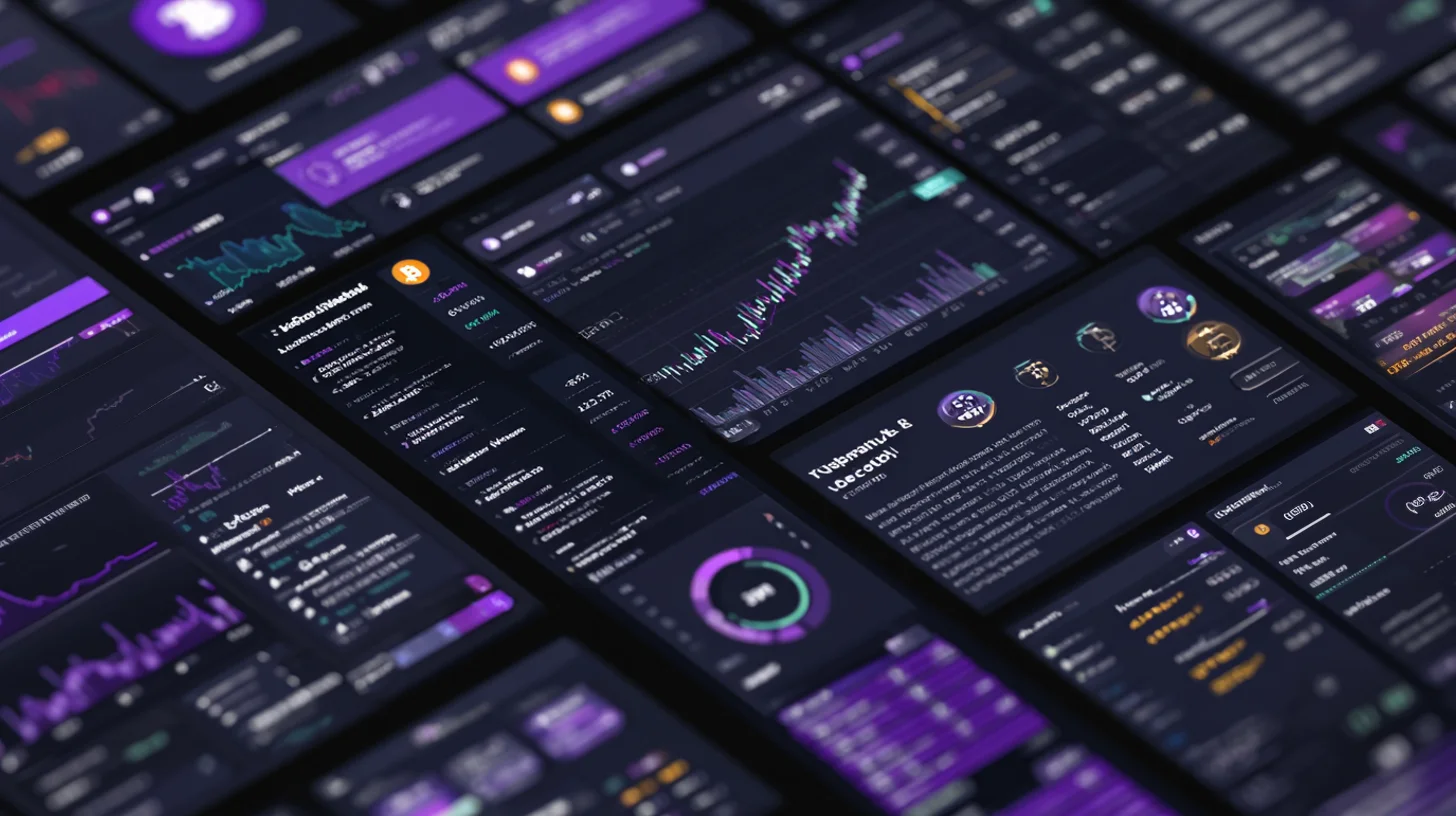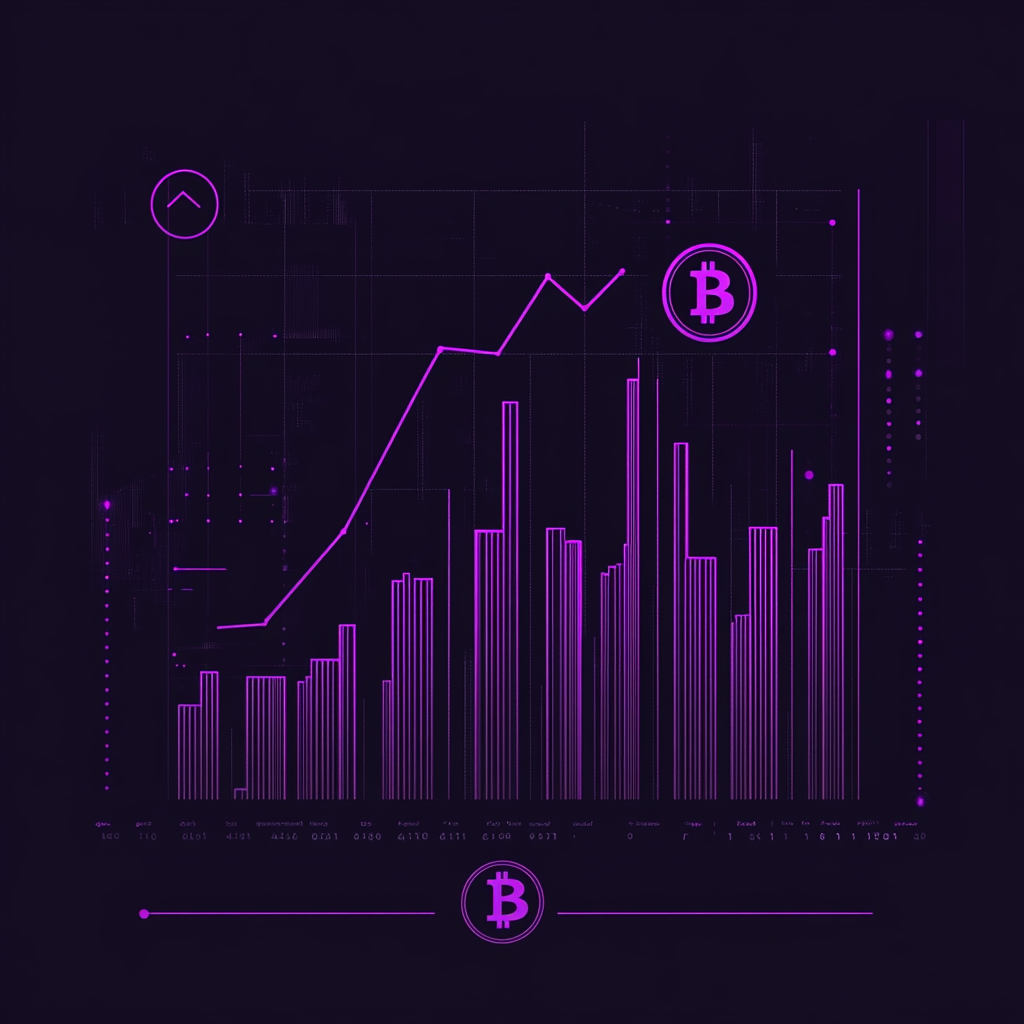How to Calculate Market Cap with Ease
Understanding market cap is essential in the finance industry, as it helps investors gauge a company’s or cryptocurrency’s size and stability. Thus, knowing how to calculate market cap also clarifies where your chosen crypto or stock falls within specific market cap ranges. This article will guide you through the calculation process and how to interpret these ranges effectively. […]

Understanding market cap is essential in the finance industry, as it helps investors gauge a company’s or cryptocurrency’s size and stability.
Thus, knowing how to calculate market cap also clarifies where your chosen crypto or stock falls within specific market cap ranges. This article will guide you through the calculation process and how to interpret these ranges effectively.
Disclaimer. This article focuses solely on calculating market cap and does not cover its basics.
Think price shows a coin’s real value?
Market cap reveals the bigger picture behind rankings and hype learn how market cap works
The Crypto Market Cap Formula
To calculate a cryptocurrency’s market cap, multiply its current price by the total circulating supply (currently available to holders). The formula looks like this:
Market Cap = Current Coin/Token Price x Circulating Supply
The latest prices are available on major exchanges and platforms like CoinMarketCap or MarketCapOf, which aggregate crypto data from multiple sources. The circulating supply is usually available on these platforms or the project’s official website.
Tier of Crypto Market Cap
Cryptocurrencies can be grouped by market cap into four general categories:
- Large-cap: over $10 billion;
- Mid-cap: between $1 billion and $10 billion;
- Low-cap (or small cap): between $100 million and $1 billion;
- Micro-cap: under $100 million.
However, market cap figures can vary slightly because prices differ between exchanges. Additionally, specific cryptocurrencies have a fixed maximum supply, meaning their circulating supply will not increase.
Think price shows a coin’s real value?
Market cap reveals the bigger picture behind rankings and hype learn how market cap works
Top Examples of Crypto Market Cap
1. Large-cap Crypto: Bitcoin (BTC)

For example, we will take Bitcoin’s price as of October 29, 2024. Bitcoin’s price is $71,183.90, and its circulating supply is 19.77 million, resulting in a market cap of approximately $1.41 trillion. Thus, Bitcoin is placed solidly in the large-cap category.
Bitcoin also has a fixed maximum supply of 21 million coins, meaning its market cap can only grow if its price increases.
2. Mid-cap Crypto: Chainlink (LINK)

As of October 29, 2024, Chainlink’s price is $11.47, and its circulating supply is 626.85 million LINK. This gives Chainlink a market cap of around $7.19 billion, classifying it as a mid-cap cryptocurrency.
Projects like Chainlink, with mid-sized market caps, generally balance growth potential and stability.
Is volume the real market signal?
Learn how trading volume reveals buyer strength and short term momentum see how volume really works
3. Low-cap Crypto: Polygon (MATIC)

The MATIC token trades at $0.33. Its circulating supply is 2.61 billion MATIC, and its market cap is $862.47 million.
Polygon’s MATIC is classified as low-cap/small-cap. Small-cap cryptocurrencies are often associated with emerging projects that may present higher growth opportunities and volatility.
5. Micro-cap Crypto: dKargo (DKA)

dKargo is priced at $0.02 and has a circulating supply of 4.31 billion DKA, bringing its market cap to around $87.10 million.
Micro-cap cryptos like dKargo often represent early-stage or niche projects. While they can be highly volatile, they also offer the potential for substantial gains.
Worried about token inflation?
Learn how fully diluted market cap shows the future impact of new token supply understand FDV before you invest
Market Cap Formula for Stock Market Cap
For the stock market, calculating a company’s market cap is similar to the process in crypto. Simply multiply the current stock price by the total number of outstanding shares (currently held by investors). The formula is:
Market Cap = Current Stock Price Per Share x Total Number of Shares Outstanding
Stock prices are updated regularly on exchanges like the NYSE or NASDAQ and stock data platforms like Yahoo Finance, Bloomberg, or MarketCapOf.
Tier of Stock Market Capitalization
Companies in the stock market are also grouped by market cap, with each category indicating different levels of company size, stability, and growth potential:
- Mega-cap: over $200 billion;
- Large-cap: $10 billion to $200 billion;
- Mid-cap: $2 billion to $10 billion;
- Small-cap: $300 million to $2 billion;
- Micro-cap: $50 million to $300 million;
- Nano-cap: under $50 million.
Top Examples of Stock Market Cap
1. Mega-cap Stock: Apple Inc. (AAPL)

As of October 29, 2024, Apple’s stock price is $233.40, and approximately 15.2 billion shares are outstanding. Calculating its market cap: $233.40 x 15.2 billion = $3.54 trillion.
Apple is a mega-cap company, offering stability and growth potential often preferred by investors seeking lower risk.
2. Large-cap Stock: Suzuki Motor (7269.T)

As of today, Suzuki’s stock price is approximately $10.04. With roughly 1.94 billion outstanding shares, Suzuki’s market cap is estimated at around $19.37 billion, classifying it as a large-cap company.
This classification reflects Suzuki’s established position in the global automotive industry, supported by a strong market presence and steady revenue from diverse vehicle and motorcycle markets worldwide.
Start your crypto journey with free rewards
Grab sign up bonuses from trusted platforms and grow your wallet faster see the full bonus list
3. Mid-cap Stocks: New York Times (NYT)

NYT’s current stock price is around $56. With approximately 164 million outstanding shares, NYT’s market cap is estimated at around $9.2 billion, perfectly fitting in the mid-cap companies category.
4. Small-cap Stock: Lionsgate Studios (LION)

LION’s stock worth is around $6.80. With approximately 272 million outstanding shares, its current market value is around $1.96 billion, which places it within the small-cap companies category.
5. Micro-cap Stock: Ocugen (OCGN)

The biotech company Ocugen is a good example of a micro-cap stock. Its current stock value is around $0.96. With approximately 257 million outstanding shares, Ocugen’s market cap is estimated at around $270 million.
6. Nano-cap Stock: FC Porto (FCP.LS)

The Portuguese football club FC Porto is currently considered a nano-cap stock, for example, as it has a stock price of $1.24, 22 million outstanding shares, and a market cap of $28 million.
Who doesn’t love free tokens?
Find legit airdrops that reward you with real crypto just for participating check the latest airdrops
FAQs
What is Market Capitalization or Market Cap?
Market capitalization is the total value of a company’s or cryptocurrency’s outstanding shares or coins, calculated by multiplying the current price by the circulating supply. For more details, read our dedicated article on this topic.
Is A High Market Cap Good Or Bad?
A high market cap is often seen as positive in stock and cryptocurrency markets. For stocks, it usually means a company is established and has solid investor trust. In crypto, it signals widespread adoption and market confidence. However, remember that a high market cap doesn’t automatically mean strong growth ahead. It’s important to look at the company or crypto project’s overall health, industry position, and growth potential.
What Was The Highest Coin Market Cap?
The cryptocurrency market reached its all-time high in November 2021, surpassing $2.83 trillion. Bitcoin remains the market’s most well-known and dominant asset, achieving its all-time high of $73,750 on March 14, 2024.
Why Are Small-Cap Stocks Often More Volatile?
Small-cap stocks and even small cryptocurrencies are usually more volatile because they have fewer resources and are more affected by market changes. Due to limited resources, smaller companies can experience bigger stock price swings. In crypto, smaller coins are more prone to price jumps due to lower liquidity and higher speculative trading. While they carry more risk, they may also offer higher growth potential.
Does Market Cap Affect Stock Price?
The market cap itself doesn’t directly affect the price. However, a higher market cap can attract investors by indicating stability, indirectly influencing the price. In stock and crypto markets, assets with larger market caps are often considered safer, leading to more stable demand and price movements.
Final Thoughts
Understanding how to calculate market cap is key to making informed investment decisions in stocks or cryptocurrency.
This guide has provided a clear overview of calculating market cap and understanding these classifications across stocks and crypto. This knowledge enables investors to better assess opportunities and make strategic choices aligned with their goals.



